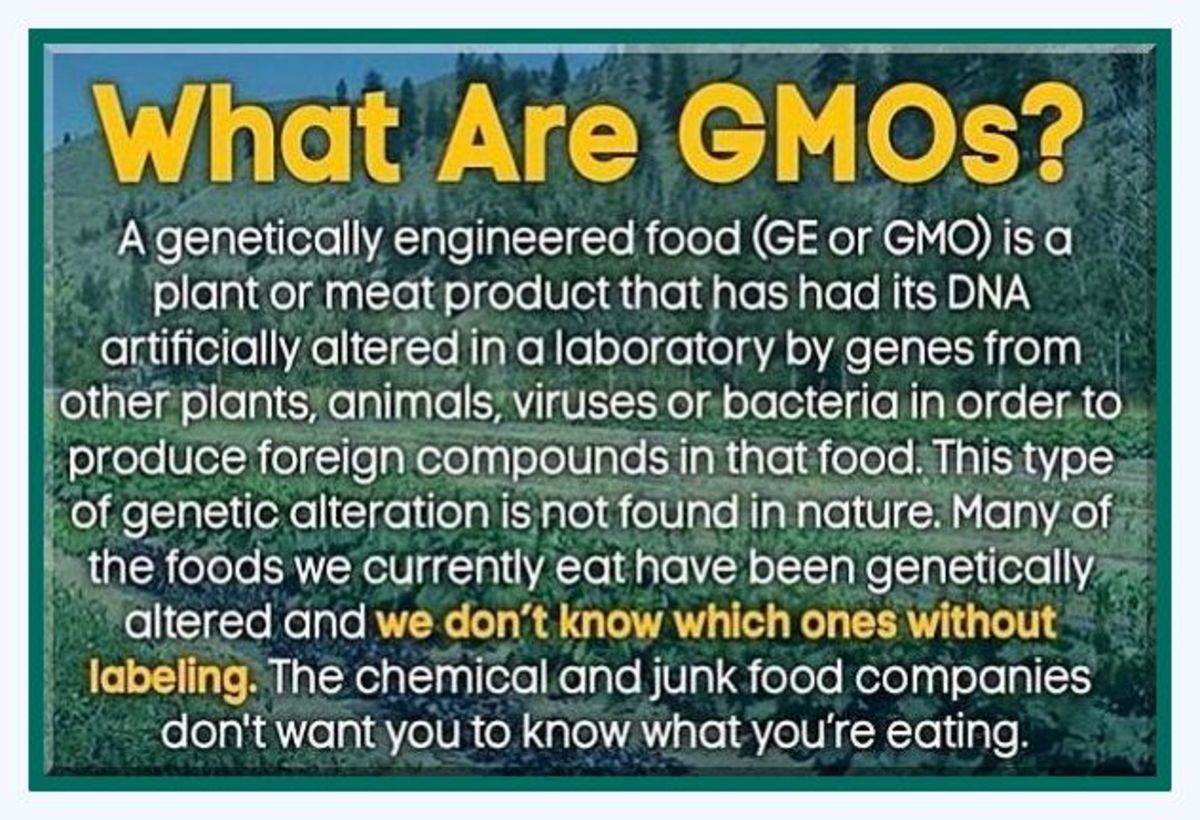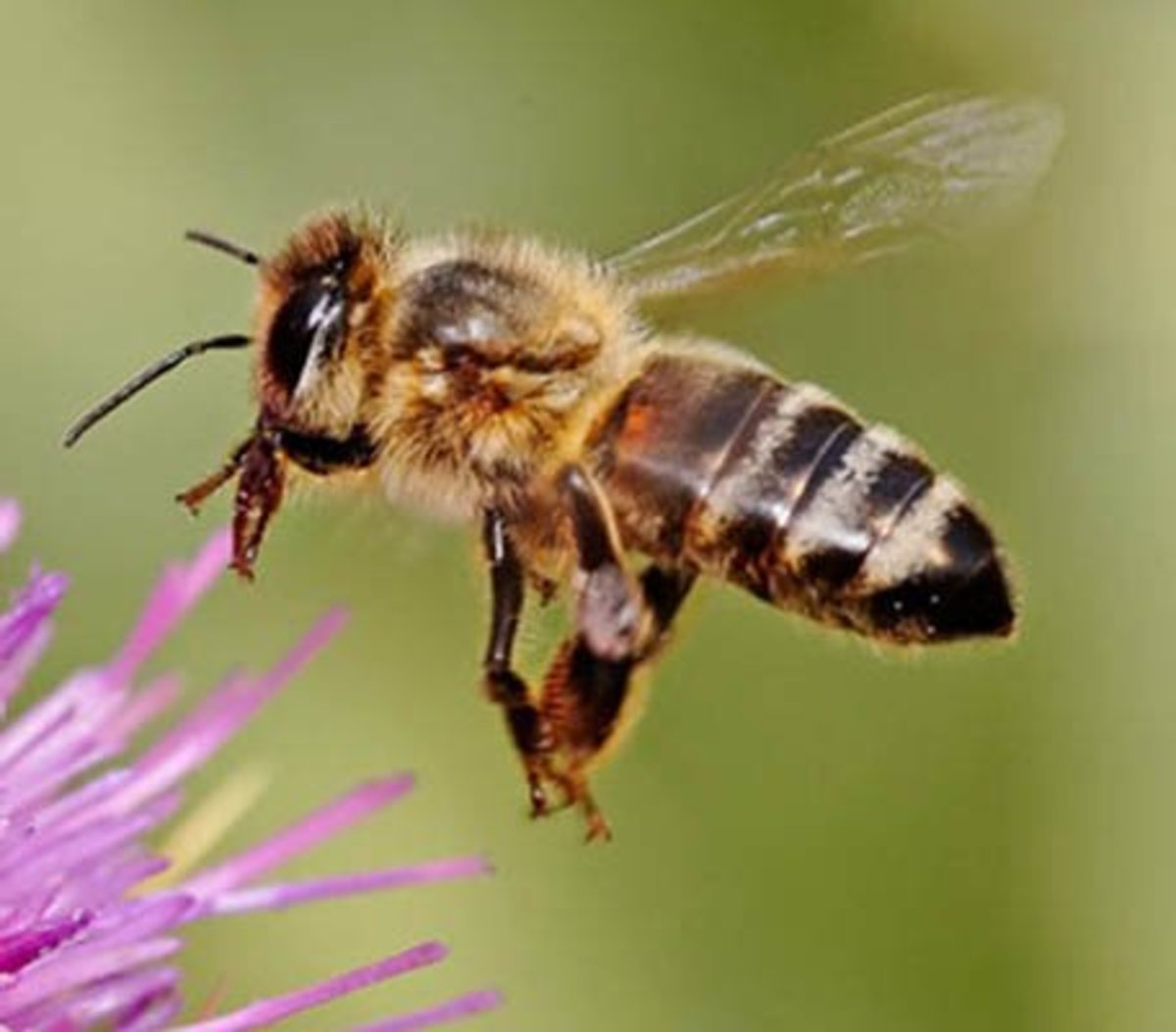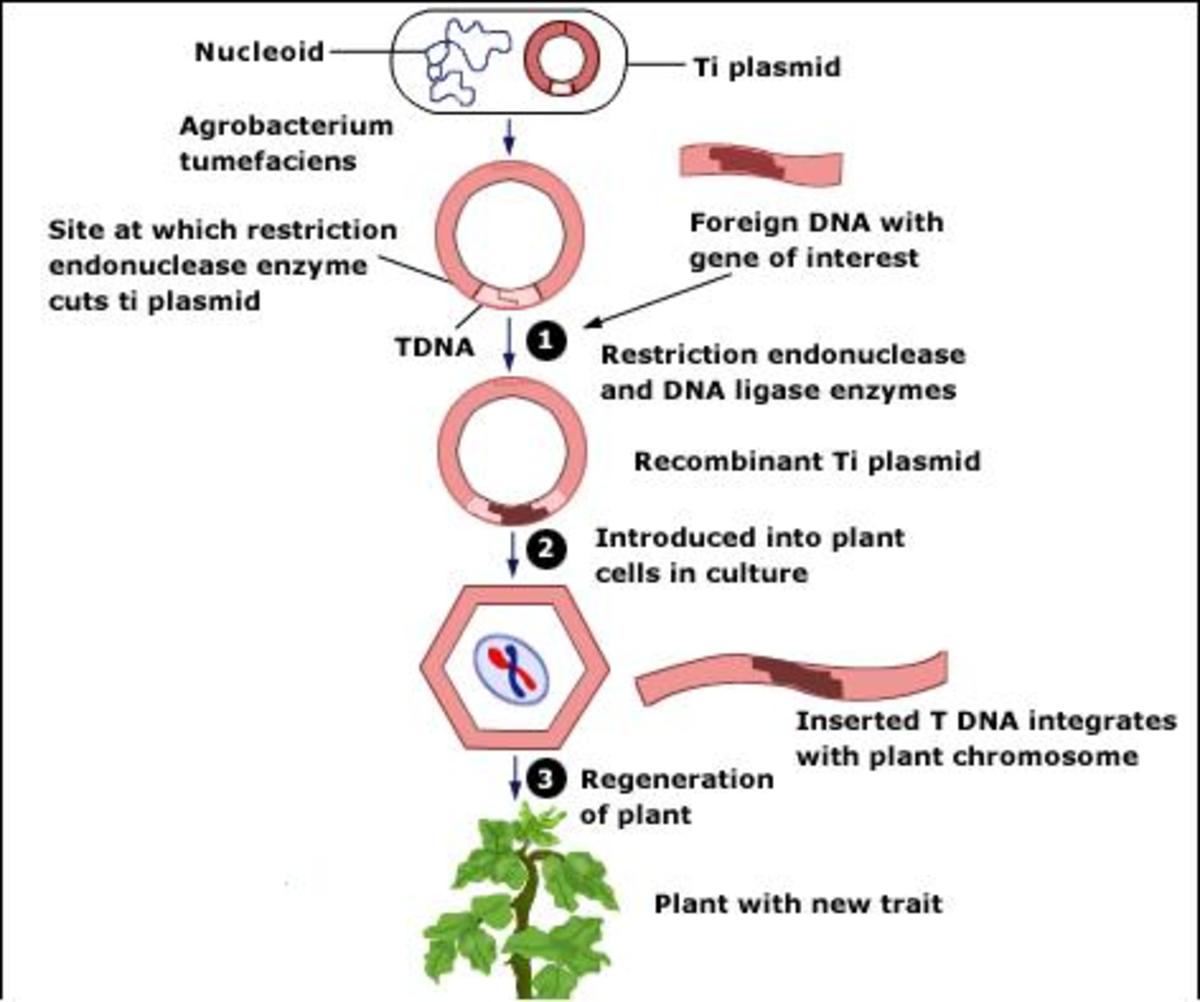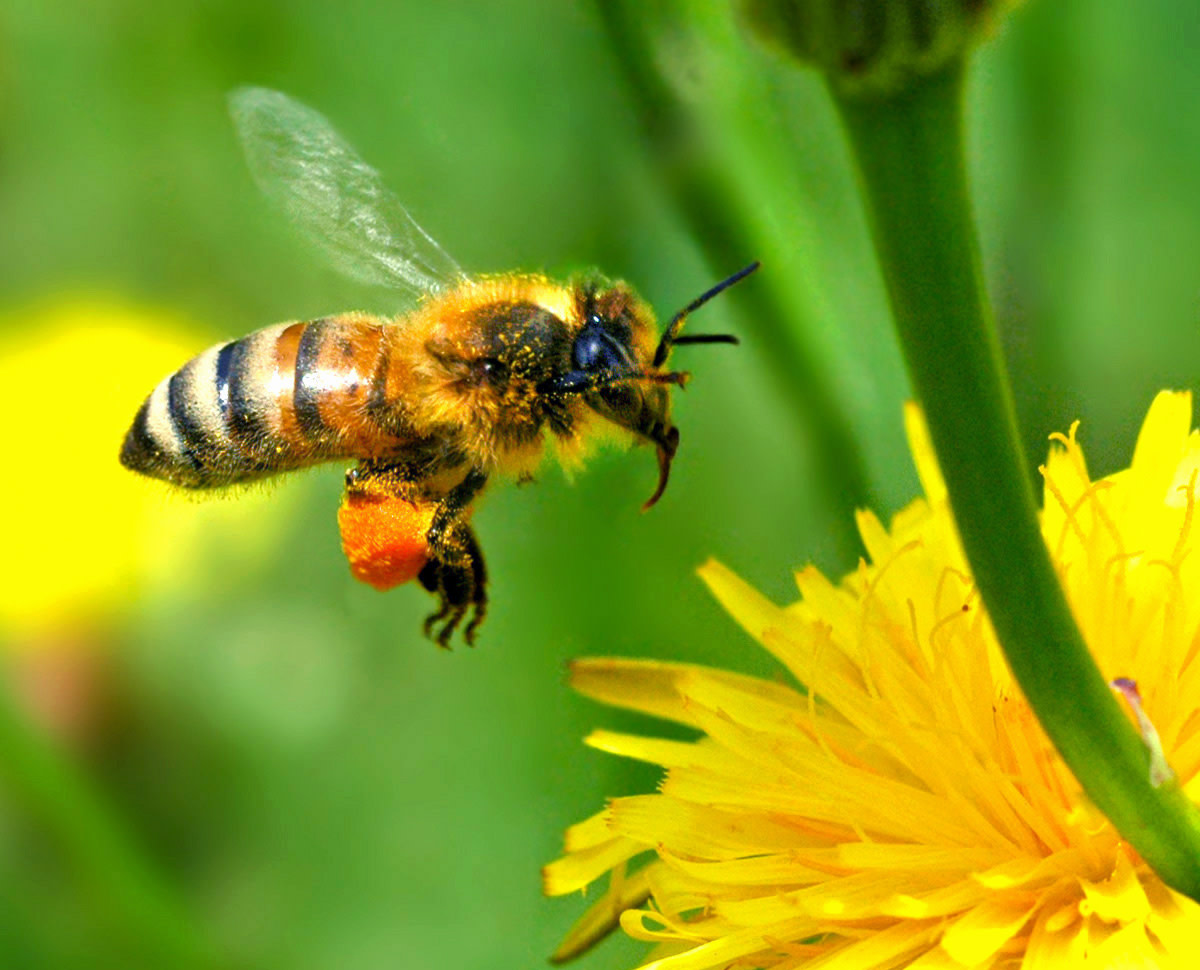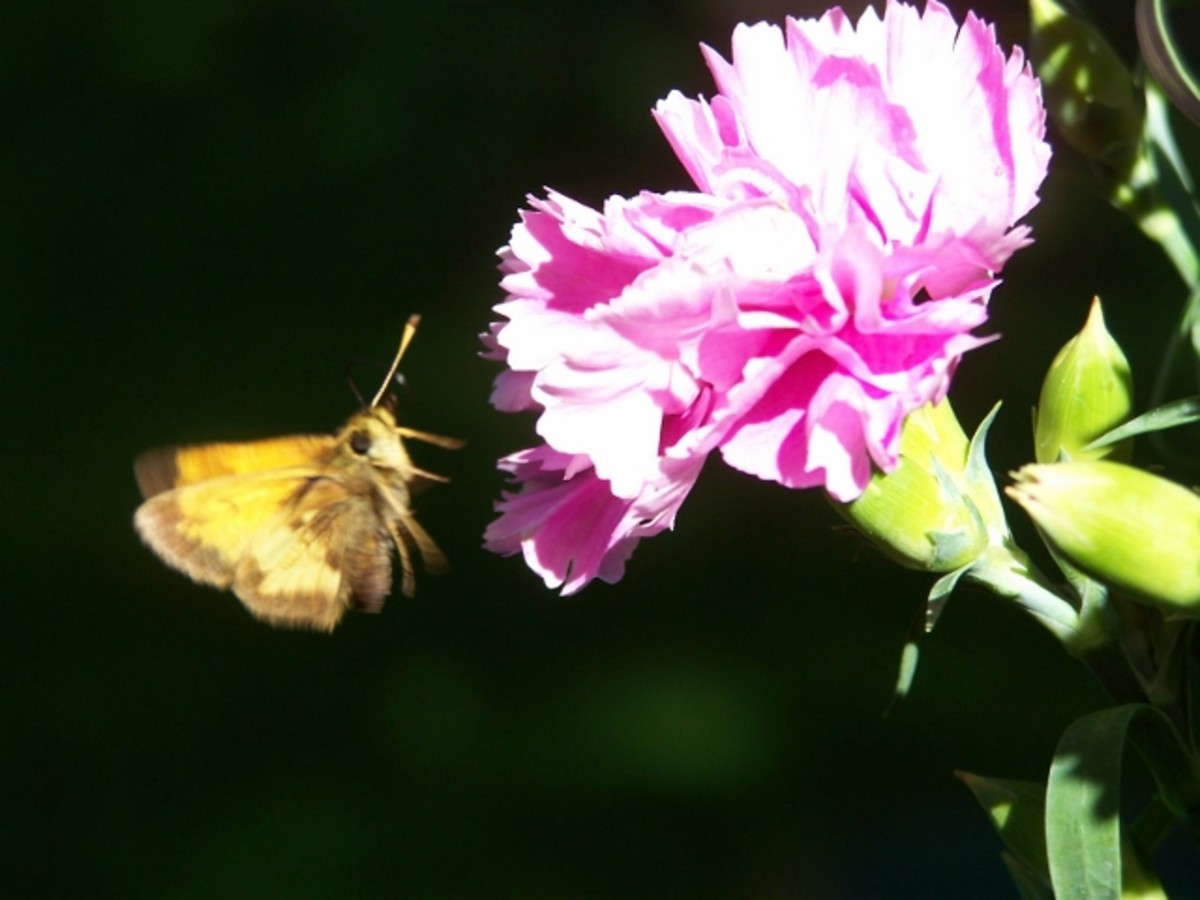- HubPages»
- Education and Science»
- Life Sciences»
- Entomology
What Happened to the Bees?
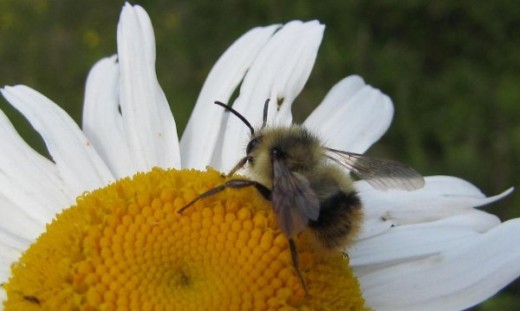
The Bees are Missing....
There have been many reports in the news lately about a decline in the number of bees. This is very worrying because bees are responsible for pollinating many of our crops and this could subsequently result in diminishing harvests over the years.
It's estimated that bees pollinate about a third of the crops in North America. Mostly fruits are affected e.g., strawberries, cherries, apples, and peaches. Nuts like almonds are affected too.
Not only are these kinds of crops at risk, but quantities of honey will be reduced and of course there will be less of the products that are related to this like Royal Jelly.
Where did they go?
There are several reasons why bee populations are diminishing, some of them are fairly speculative and others very reasonable.
Some possible explanations are listed below:
- mites and parasites
- pesticides
- genetically modified crops
Mites
One of the most dangerous types of mites for bees to encounter is the varroa mite. This is a bloodsucking parasite that can cause deformation of the bee, including the wings resulting in them being unable to fly. This type of mite can also carry diseases, in the same way that the mosquito carried disease to humans, and is especially effective in transmitting viruses. If a bee colony is infested with this type of mite, and does not receive any treatment, then all the bees can be killed off within a few months.
There's also another kind of mite, called the tracheal mite, that blocks the breathing tubes of the bee and leads to slow suffocation.
Solution
One way of reducing the potential for infection in managed bee colonies is to increase the amount of air circulating inside.
Pesticides
Pesticides, specifically insecticides, have been used for many years to help to control insect invaders of crops. Because these pesticides also affect bees, then their misuse can have a devastating effect.
Solution
Luckily farmers are generally much more educated in the use of insecticides these daysand will avoid the flowering period when they spray.
Genetically modified crops
Crops that are genetically modified may also produce pollen that is genetically modified. This is a design feature added to stop the crops producing viable seeds. Because of the differences in the nutritional composition of this pollen, bees may not be able to properly use it as a food source and also may not be able to survive the winter.
Solution
The only solution here is more discretion in the use of genetically modified crops. This can be best achieved by consumers themselves campaigning for foods without certain genetic modification.
What can you do?
If you feel like rolling up your sleeves, literally, and saving the bees you could start your own small colony in the backyard. This would have the added benefit of pollinating your fruits and veggies. Keeping your own bees would help to make the local bee gene pool stronger by bringing in some healthy bees.
Another option is to write to your local Government representative requesting that more support be given to bee research.
We sometimes think that our efforts won't make much difference, but if everyone pulls together we can ensure that our children, and our children's children, have enough to eat in the future.


